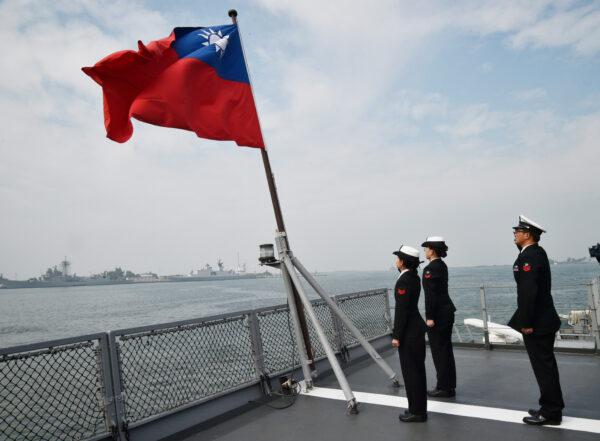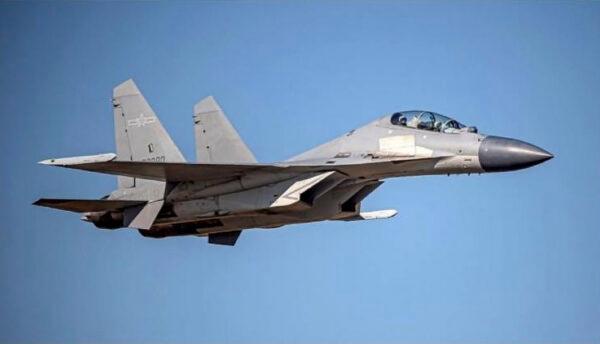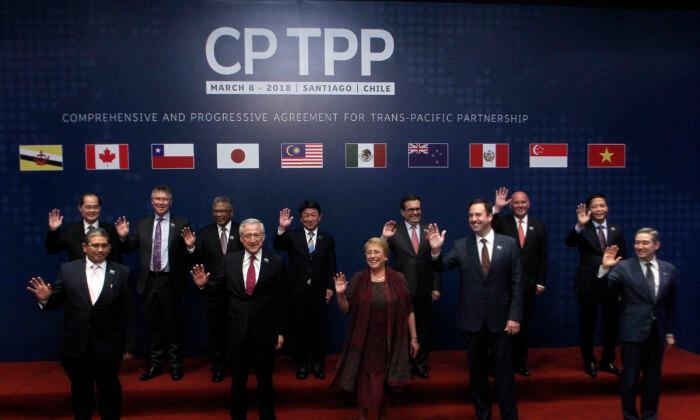The two authorities across the Taiwan Straits applied to join a trans-Pacific trade agreement. The Beijing side tried to obstruct Taiwan’s application, while Taipei defended its right to be included in the regional pact.
On Sept. 22, the Chinese regime sent 24 warplanes to Taiwan Air Defense Identification Zone (ADIZ), which was understood as a threat to apply pressure against Taiwan’s inclusion. The Taiwan government reiterated its willingness to join despite Bejing’s threats and said it wouldn’t give in.
Can China and Taiwan finally join the Comprehensive and Progressive Agreement for Trans-Pacific Partnership (CPTPP)?
The decision will be made by the 11 CPTPP member states, which include Australia, Brunei, Canada, Chile, Japan, Malaysia, Mexico, New Zealand, Peru, Singapore, and Vietnam.
Each of them will have informal engagements with the applicants before making their decisions. Only after receiving the approval of all member states can the applicants join the trade partnership.
“This is a complicated fight. … In general, Taiwan meets the high CPTPP requirements and is qualified, but it’s a de facto independent country. ... China can’t meet the requests and isn’t qualified at all,” Feng Chongyi, a professor on China studies at the University of Technology Sydney, told The Epoch Times on Sept. 23.
However, as the world’s second largest economy, China has exerted influence in some developing countries. “It’s possible that some CPTPP member states might be afraid of the Chinese regime and reject Taiwan,” Feng said.
The Chinese regime claims the self-ruled island of Taiwan as its own, despite the fact that Taiwan is a de facto independent country, with its own military, democratically-elected government, and constitution.

The fight to join the CPTPP started with the Chinese regime submitting its application to join on Sept. 16. Six days later, the Taiwan government announced its application, which sparked resistance from Beijing.
“China firmly opposes all official interactions with Taiwan, firmly rejects Taiwan‘s accession to any agreement or organization of official nature. China’s position on this issue is clear,” said Chinese foreign ministry spokesman Zhao Lijian on Sept. 23.
Taiwan’s Chief Trade Negotiator John Deng told reporters in Taipei on Sept. 23: “How mainland China comments on this is a matter for them … I stress that Taiwan is a sovereign, independent nation.”
Deng explained that Taiwan applied to join CPTPP under the name “ the Separate Customs Territory of Taiwan, Penghu, Kinmen and Matsu,” which is the name that the island uses in the World Trade Organization and is the “least controversial.”

World’s Voice
In the past days, Australia, Canada, Japan, and the United States have expressed their support for Taiwan to join the regional trade pact.One week ago, Tehan said the Chinese regime must stop its trade coercion against Australia if it wants Canberra to approve its CPTPP application.
Ned Price, spokesperson of the U.S. State Department, also answered questions about Taiwan and China’s CPTPP applications at the Foreign Press Centers briefing on Sept. 24. The United States isn’t a member of the CPTPP after it withdrew from an earlier agreement in 2017.





